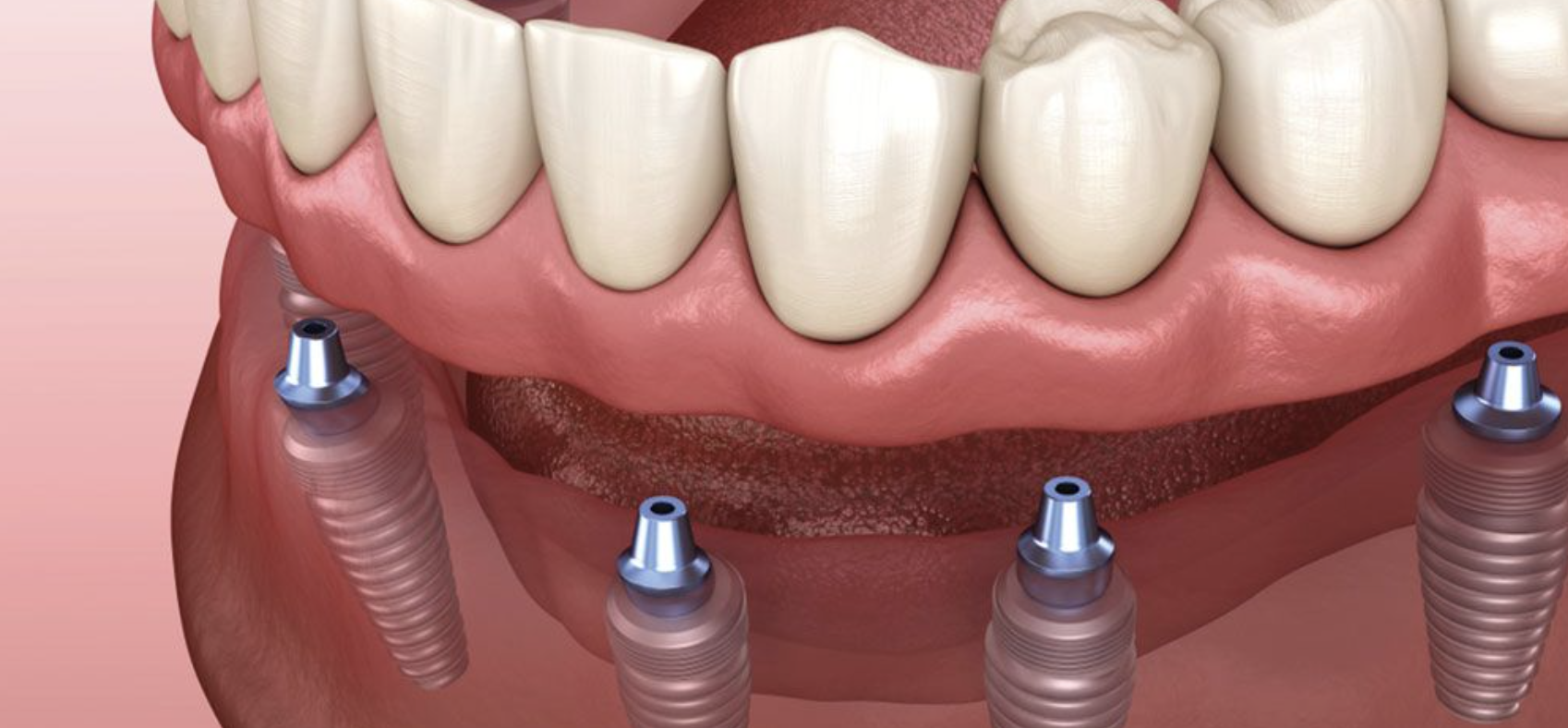How a Dental Bridge Works
A traditional dental bridge consists of:
- One or more artificial teeth (called pontics)
- Anchored by crowns placed on the natural teeth or implants on either side of the gap (called abutments)
Bridges are custom-made to match the color, shape, and size of your natural teeth for a seamless look.
Types of Dental Bridges
- Traditional Bridge
- Most common
- Requires healthy natural teeth on both sides of the gap
- Cantilever Bridge
- Supported by a single adjacent tooth
- Used when only one neighboring tooth is available
- Maryland Bridge
- Uses metal or porcelain wings bonded to the back of adjacent teeth
- More conservative, but less durable under heavy bite pressure
- Implant-Supported Bridge
- Anchored to dental implants instead of natural teeth
- Ideal for larger gaps or when neighboring teeth are not healthy
Benefits of a Dental Bridge
- Restores ability to chew and speak properly
- Maintains facial structure and prevents sunken appearance
- Prevents remaining teeth from shifting out of position
- Enhances smile appearance
- Fixed solution—doesn’t need to be removed like dentures
Is a Dental Bridge Right for You?
You may be a candidate if
- You are missing one or more teeth in a row
- You have healthy teeth or implants on either side of the gap
- You’re looking for a non-removable solution to restore function and aesthetics




